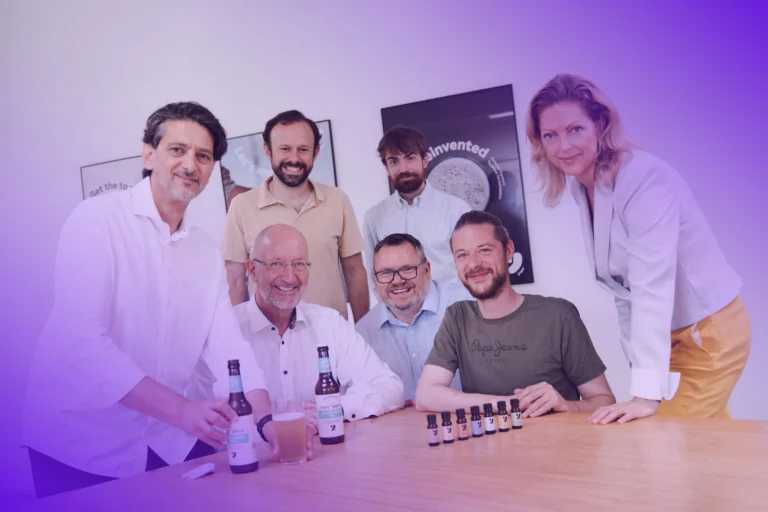

XR technologies alter perceptions of food size and weight, Finnish study finds
A recent study (The effects of haptic, visual and olfactory augmentations on food consumed while wearing an extended reality headset) from Finland has found that extended reality (XR) technologies can significantly influence how consumers perceive the size and weight of food, though they have no measurable impact on taste. Published in the Journal on Multimodal User Interfaces in December 2024, the study explores the potential of using multisensory augmentation – combining visual, haptic, and olfactory cues – to enhance the experience of eating both meat and plant-based foods.
The research was carried out by a team from Tampere University and the VTT Technical Research Centre of Finland. Their goal was to investigate how immersive technologies might help promote healthier and more sustainable diets, such as those based on plant-based proteins, without compromising on enjoyment.

To conduct the experiment, the researchers developed a custom system that combined three types of augmentation. Participants wore a Varjo XR-3 headset that visually altered the appearance of the food; used a fork enhanced with haptic feedback to simulate increased weight; and wore a scent-diffusing necklace designed to deliver food-specific aromas.
Forty participants consumed both plant-based balls and meatballs in augmented and non-augmented forms. Results showed that the visual and haptic augmentations significantly influenced how participants perceived the food’s weight and size. Augmented items were seen as heavier and larger than their unaugmented counterparts.
However, these augmented physical attributes were not necessarily more appealing. Participants generally rated the original, non-augmented versions as more suitably sized and weighted. While the augmented items successfully altered perception, the additions did not enhance the eating experience.
The olfactory augmentation, meanwhile, had little effect. Participants did not perceive stronger or more appealing scents in the augmented conditions. In the case of the plant-based item, the version with olfactory augmentation was rated as less pleasant-smelling than the non-augmented version.
Most notably, none of the sensory augmentations altered how participants rated the taste of the food. Both augmented and non-augmented items received similar scores for flavor, overall appeal, and willingness to eat again.
Participants also noted practical drawbacks related to the XR hardware. Thirty out of forty reported difficulties eating while wearing the headset, citing visual obstructions, discomfort, and an unwelcoming lighting environment. The mismatch between the warmer ambient lighting in the room and the cooler lighting inside the XR display was said to negatively affect appetite.
Despite these limitations, some participants described the experience as novel and enjoyable. A number expressed curiosity about the potential of augmented food experiences, even if they did not feel the current system improved the food itself.
The study adds to a growing body of research exploring how multisensory technologies might support behavioral shifts in eating, particularly toward more sustainable food choices. While the system successfully changed perceptions of size and weight, the researchers note that further development is needed to impact flavor and overall enjoyment.
The full article, The effects of haptic, visual and olfactory augmentations on food consumed while wearing an extended reality headset, appears in Volume 19 of the Journal on Multimodal User Interfaces and is available open access.
If you have any questions or would like to get in touch with us, please email info@futureofproteinproduction.com


-p-800.jpg)



